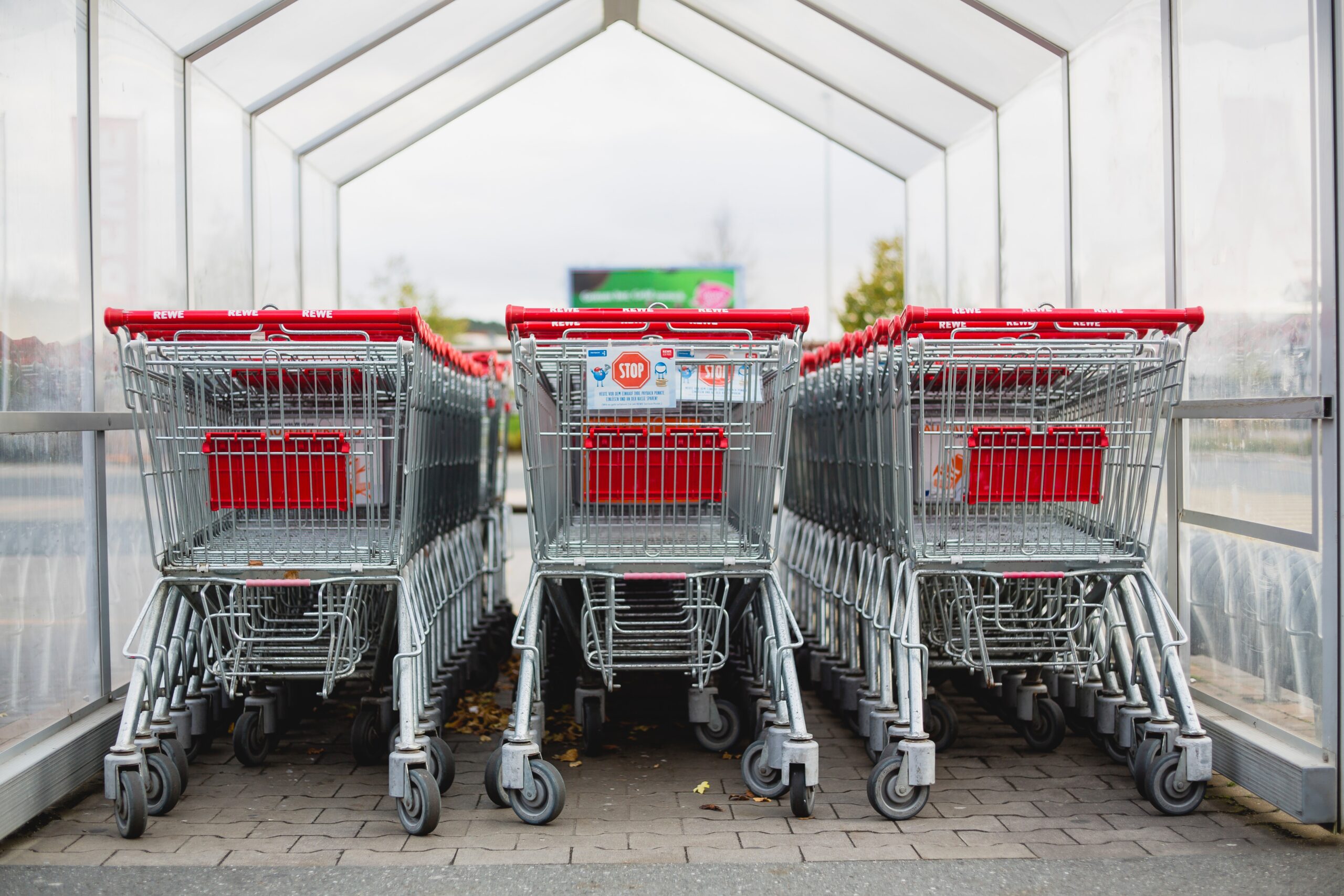In the fast-paced, highly competitive world of ecommerce, a company's success does not depend solely on the quality of its goods and services. A critical but often overlooked aspect of ecommerce performance is the efficiency and effectiveness of delivery systems. A company's logistics form the backbone of its business operations and have a direct impact on customer experience and satisfaction. In this article, we'll delve deeper into the importance of efficient delivery practices in the ecommerce and explore four strategies to ensure effective delivery: real-time tracking, order fulfillment automation, last-mile delivery, and professional packaging.
Understanding the importance of effective delivery in ecommerce
The future of retail is digital. With the exponential growth of online businesses, having a robust and effective delivery system has become non-negotiable. Ecommerce companies serve a large group of customers, all of whom expect their orders to be delivered in the fastest, safest and most convenient manner. An efficient delivery system can significantly improve the customer experience, strengthen brand loyalty and ultimately increase sales and profits.
Inefficient delivery practices, on the other hand, can result in delayed shipments, lost packages and dissatisfied customers, leading to harmful reviews and a decline in repeat purchases. The cost of fixing these mistakes is enormous, both in terms of financial implications and brand reputation. Therefore, investing in an effective delivery system is not only essential, but also inevitable.
Interestingly, effective delivery goes beyond simply moving goods from point A to point B. It includes all aspects of the supply chain, from order processing and packaging to shipping and delivery. By optimizing every step of this chain, ecommerce companies can significantly improve efficiency, minimize errors, save costs and increase customer satisfaction.
Furthermore, in a world where consumers now expect same- or next-day deliveries, companies must continually innovate and improve their delivery practices to meet these changing expectations. This constant evolution necessitates the implementation of advanced strategies, which we will explore further in the coming paragraphs.
Strategy 1: Integrate real-time tracking for improved transparency
Improved transparency is a powerful tool for companies to gain customer trust. This is where real-time tracking comes into play. By giving customers real-time insight into the status of their orders – from processing, shipping to expected delivery time, ecommerce companies can significantly improve their user experience and customer satisfaction.
A real-time tracking system works by integrating GPS-technologie with advanced software, allowing companies to provide customers with accurate, up-to-date updates on their order location. This not only keeps the customer informed, but also allows them to plan and prepare their delivery.
Moreover, real-time tracking also serves as an essential aspect of quality control for companies. It allows them to closely monitor their logistics operations, identify bottlenecks and inefficiencies and intervene immediately when necessary. This ensures smooth operation of business operations and minimizes the risk of delivery errors.
Finally, offering real-time tracking to customers can also provide a competitive advantage for businesses. Given consumers' increasing demand for transparency, adding this feature can set a company apart from the competition, potentially increasing customer conversion and retention rates.
Strategy 2: Embrace automation for order fulfillment efficiency
Automation is another key strategy to improve delivery efficiency. By using modern technologies such as AI, robotics and machine learning can help companies streamline their order fulfillment process, reduce human errors and improve logistics accuracy.
Automation in order fulfillment takes various forms: from automated warehouse operations, including inventory checks and product sorting, to AI-powered delivery drones and bots. These technologies work together to speed up the picking, packing and shipping process, significantly reducing delivery time.
Moreover, automation also plays a crucial role in processing customer returns or exchanges. Automated systems can quickly identify and track returned products, update inventory and initiate the refund process. This can significantly improve the speed and efficiency of returns handling, improving the customer experience.
However, it is important to note that while automation can significantly improve the efficiency and speed of order fulfillment, it should not completely replace the human touch. Companies must strive for a balance between automation and personalized service to deliver a truly optimized and satisfying customer experience.
Strategy 3: Ensuring last-mile delivery effectiveness for customer satisfaction
Last-mile delivery is perhaps the most critical stage of ecommerce's supply chain. This last part of the journey can significantly impact the overall customer experience and satisfaction. As such, companies must dedicate sufficient resources and planning to optimize the efficiency of their last-mile deliveries.
There are many factors involved in designing an efficient last-mile delivery strategy. One approach could be to decentra distribution to ensure faster deliveries to customers. Alternatively, companies can work with local logistics partners who have an established presence in the region.
Innovation can also play a crucial role in improving last-mile delivery. Technologies such as route optimization software or predictive logistics can minimize delivery uncertainties and ensure packages reach their destination within the promised time frame.
Additionally, offering the customer options – such as same-day delivery, next-day delivery or scheduled delivery – can significantly improve the customer experience. An effective last-mile delivery strategy is not just about speed, but also about adaptability and customer convenience.
Strategy 4: Prioritize professional packaging for reliable deliveries
Product packaging play a crucial role in the delivery process of ecommerce. It not only protects the item during transit, but also serves as a brand's first physical point of contact with the customer. As such, investing in high-quality professional packaging can have a significant impact on the customer experience and overall brand perception.
The packaging must be robust to prevent damage during transport. Damaged goods not only incur additional costs, but can also damage brand reputation and customer confidence. Therefore, the use of sturdy, well-filled packaging materials is essential.
At the same time, the product packaging are also aesthetically pleasing and reflect the brand's image and values. Brands can take this opportunity to enhance the unboxing experience by adding surprise or personalization elements that can delight customers and promote brand loyalty.
Sustainability should also be considered a priority when designing packaging. Given growing environmental concerns, using eco-friendly packaging materials can serve as a key brand differentiator and resonate well with environmentally conscious consumers.
Evaluating the impact of these strategies on the success of ecommerce
Implementing these strategies can significantly impact a ecommerce business's overall efficiency and customer satisfaction. Improved transparency through real-time tracking, efficiency through automation and optimized last-mile delivery, and reliability through professional packaging all contribute to a seamless, enjoyable customer experience.
These strategies can deliver immediate effects, such as faster delivery times, fewer errors and better customer response. However, their impact extends beyond these tangible benefits. Providing an exceptional delivery experience promotes customer trust and loyalty, which can in turn drive repeat business and referral traffic, which can ultimately drive robust revenue growth.
Ecommerce companies must view delivery not only as a necessity, but also as a strategic opportunity to differentiate themselves in the highly competitive landscape. By prioritizing and investing in efficient delivery practices, companies can offer more than just a product: they deliver a complete, satisfying customer experience.
Conclusion
Effective delivery is not an aspect of ecommerce that can be overlooked. It is a crucial determinant of a company's reputation, customer satisfaction and overall success. By incorporating real-time tracking, embracing automation, ensuring the effectiveness of last-mile deliveries and prioritizing professional packaging, ecommerce companies can significantly improve their delivery systems. As the world continues to navigate the digital age, companies that prioritize efficient, reliable delivery will inevitably lead the way, earning customer trust and establishing themselves as trusted leaders in the ecommerce landscape.













